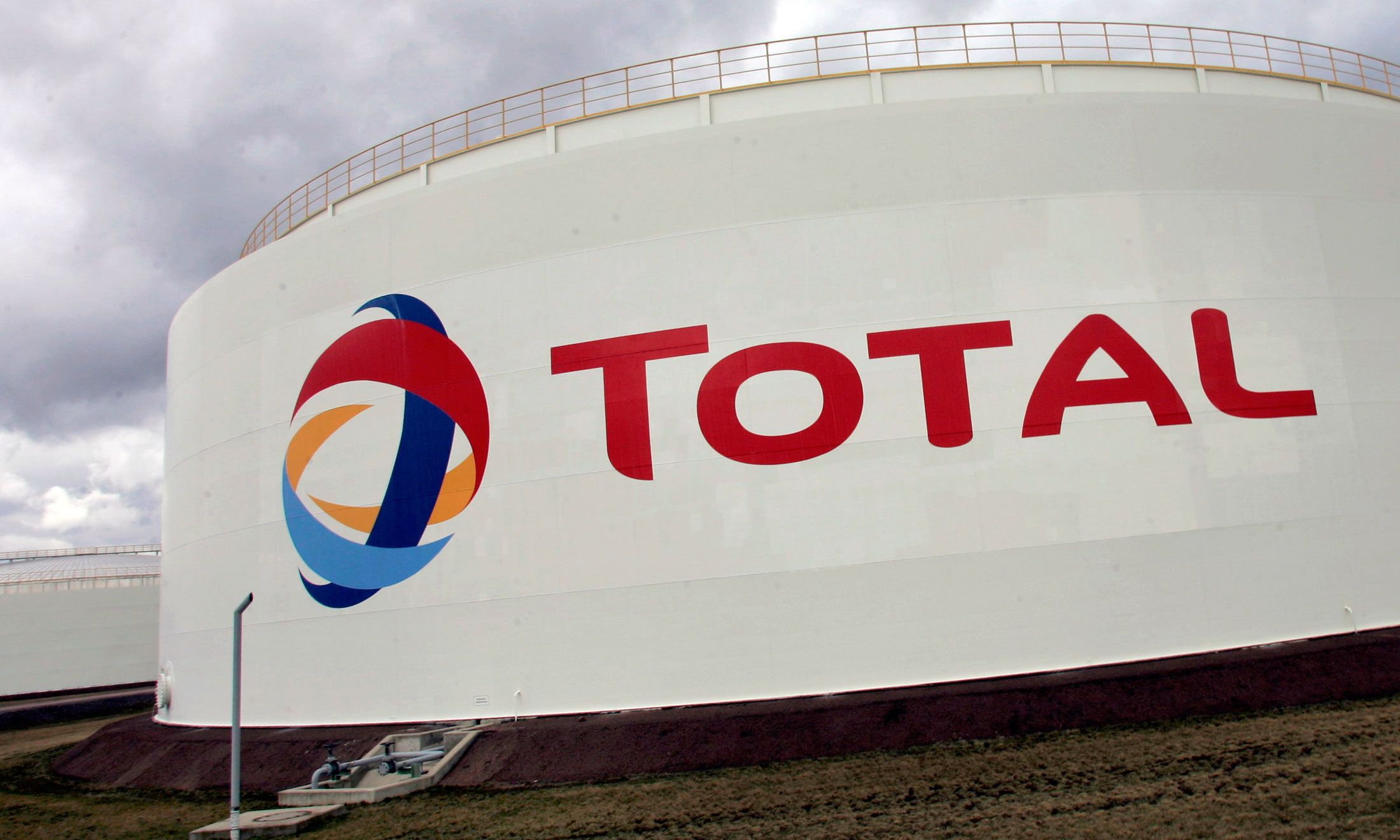Total SA is in talks with Myanmar to supply the country’s most populous city, Yangon, with liquefied natural gas.
The French energy giant may also build a power plant, according to Xavier Preel, general manager of Total E&P Myanmar. Total, which sold about 11 million tons of LNG last year, is seeking to expand its footprint in downstream activities like regasification terminals, pipelines and power plants to help create new gas demand as it refocuses away from oil.

In this picture taken on January 15, 2016, fuel trucks branded with the Total SA logo pass along a road in Port Harcourt, Nigeria. (Bloomberg/George Osodi)
“We are quite confident that Myanmar will develop in a big way,” Preel said in an interview this month in Yangon. “This is for the time being, under discussion. We proposed to the government to bring LNG and build a power plant.”
The push by Total into downstream operations underscores the concern of global LNG producers as they try to lure new buyers to sop up excess supply that has depressed prices about 70 percent since 2014. Qatar announced this month plans to boost its annual LNG production to 100 million metric tons within seven years from 77 million tons now, adding to concern among explorers an oversupply may extend well into the next decade.
Creating new demand for gas is crucial and Total has been asked to construct gas-fired power plants in “some emerging countries,” Senior Vice President for Gas Laurent Vivier said at the World Petroleum Congress in Istanbul this month. Chief Executive Officer Patrick Pouyanne said in April of 2016 the company was exploring a project in Indonesia where it could invest in gas pipelines and an independent power plant.
A Total spokeswoman in Paris declined to comment or offer additional details about the LNG terminal and power plant project mentioned by Preel. Calls to spokespersons at the Myanmar Ministry of Electricity and Energy weren’t immediately returned.

Myanmar, which ended 25 years of military rule in a 2015 election, had electricity consumption of about 217 kilowatt hours per person in 2014, according to data from the World Bank and the International Energy Agency. That’s less than a tenth of the amount of power consumed per capita in neighboring Thailand.
Myanmar issued a request for expressions of interest for an LNG business on Sept. 9. The country will solicit bids for a $2 billion project that includes a floating LNG terminal with an annual capacity of 3-4 million tons and a 1-gigawatt gas-fired power plant, the Nikkei reported in March, citing a government source it didn’t identify.
The Southeast Asian nation is seen as a bright spot for energy markets. BMI Research forecasts fuel consumption growth over the next decade as the stabilizing business and political climate foster growth in energy-intense sectors like transportation and manufacturing.
Total, which has been operating in Myanmar since 1992, already produces gas from the Yadana field in the Andaman Sea off the country’s west coast that meets about half of its gas needs, according to the company’s website.
“Access to electricity is the most important economic factor in Myanmar,” said Preel. “Myanmar needs a lot of energy for the development. There is no economic development without energy.” – Bloomberg
